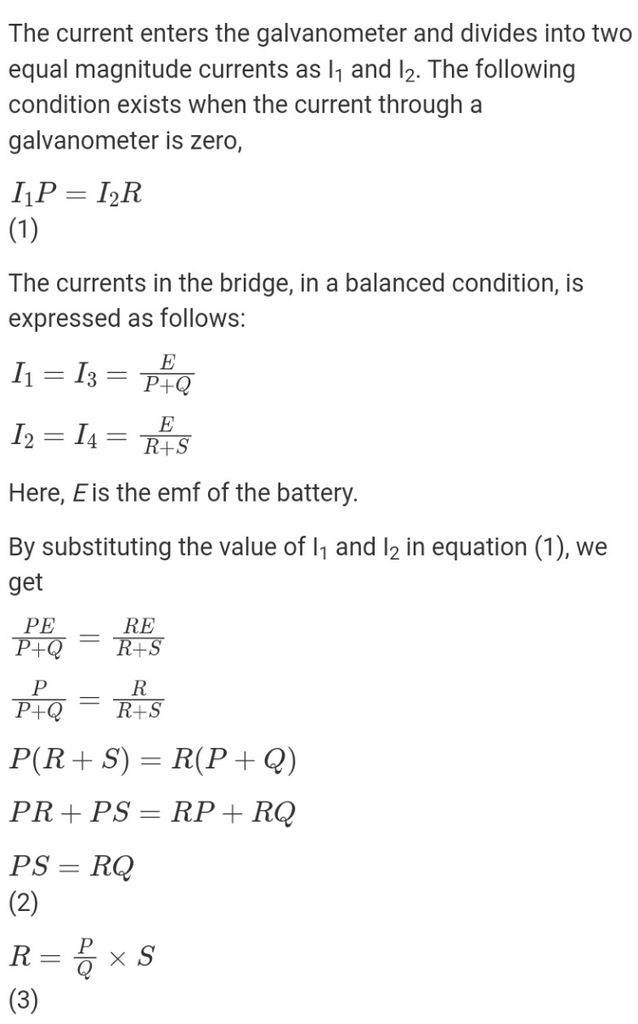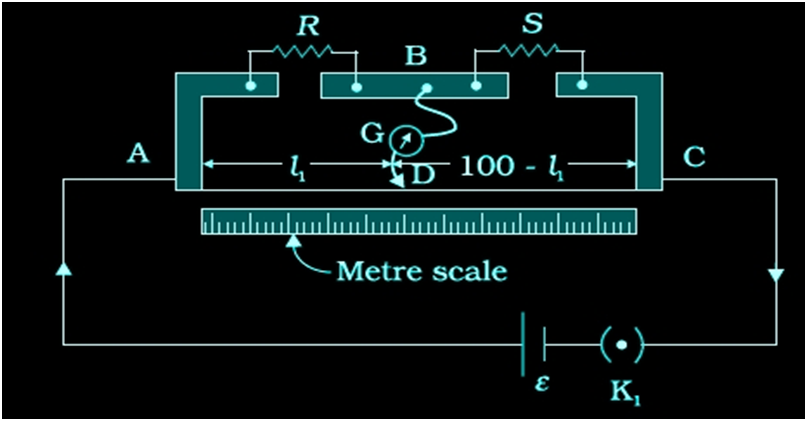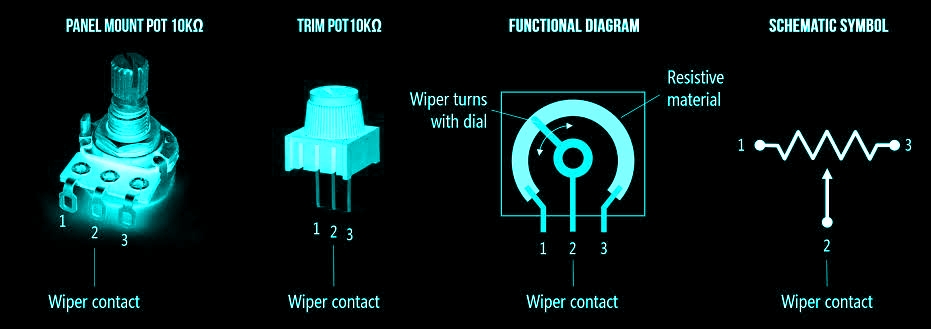- Books Name
- Physics Book Part l and ll
- Publication
- Grow Career Publication
- Course
- CBSE Class 12
- Subject
- Physics
KIRCHHOFF’S RULES
Electric circuits generally consist of a number of resistors and cells interconnected sometimes in a complicated way. The formulae we have derived earlier for series and parallel combinations of resistors are not
Mvalways sufficient to determine all the currents and potential differences in the circuit. Two rules, called Kirchhoff’s rules, are very useful for analysis of electric circuits.
V = ε + I r
WHEATSTONE BRIDGE
The Wheatstone bridge works on the principle of null deflection, i.e. the ratio of their resistances are equal and no current flows through the circuit. Under normal conditions, the bridge is in the unbalanced condition where current flows through the galvanometer.

METER BRIDGE
A meter bridge consists of a wire of length 1 m and of uniform cross-sectional area stretched taut and clamped between two thick metallic strips bent at right angles with two gaps across which resistors are to be connected. The end points where the wire is clamped are connected to a cell through a key. One end of a galvanometer is connected to the metallic strip midway between the two gaps. The other end of the galvanometer is connected to a jockey which moves along the wire to make electrical connection.

POTENTIOMETER
This is a versatile instrument. It is basically a long piece of uniform wire, Sometimes a few meters in length across which a standard cell is Connected. In actual design, the wire is sometimes cut in several pieces Placed side by side and connected at the ends by thick metal strip.


 Madhava Publications
Madhava Publications
 Grow Career Publication
Grow Career Publication

